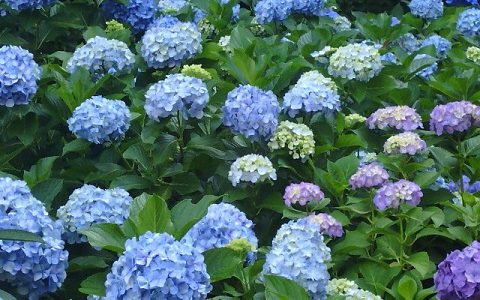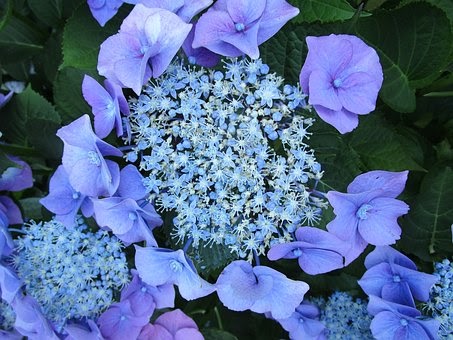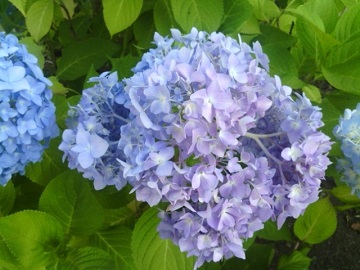
Rainy season in Japan
When the blooming of Sakura is over, then rainy season or Tsuyu(梅雨)in Japanese starts from June to late July. Although rainy season will make you feel uncomfortable because of unpredictable rainfall, high humidity all day long but if you come to Japan in this period, I’m sure that you can enjoy the blooming of Ajisai(紫陽花) or Hydrangea almost everywhere in Japan.
If Sakura is the sign of Spring, Ajisai must also be a sign of the rainy season in Japan because these flowers need a lot of moisture to fully blossom. Although this flower is adored and stunned, in flower language it has a wide range of meanings from heartlessness to gratitude to boastfulness, each meaning stems from different cultural beliefs and stories.
One interesting fact of Ajisai that you may not know is its color changes overtime based on the pH in soil, the color will be blue when the soil is strongly acidic, and change to purple to pink color when the soil is alkaline because Ajisai has a pigment called anthocyanin which can make color differs according to the amount of aluminum absorbed from the soil, that’s why each Ajisai blooms differently. Today there are over 100 varieties of Ajisai in Japan, but it can be classified into two large types that commonly seen in Japan, the first one is Lacecap which is the unique type because it blooms with many small flowers in the center and larger flowers towards the edges. and originally found in Japan.

The second is Honjiajisai, the type that you can see all over Japan, or you can call it “Western hydrangea” too. Honjiajisai has a ball of sepals shape.

There are many places to enjoy Ajisai viewing in Japan, hope you all can come here to see them in real soon 😀